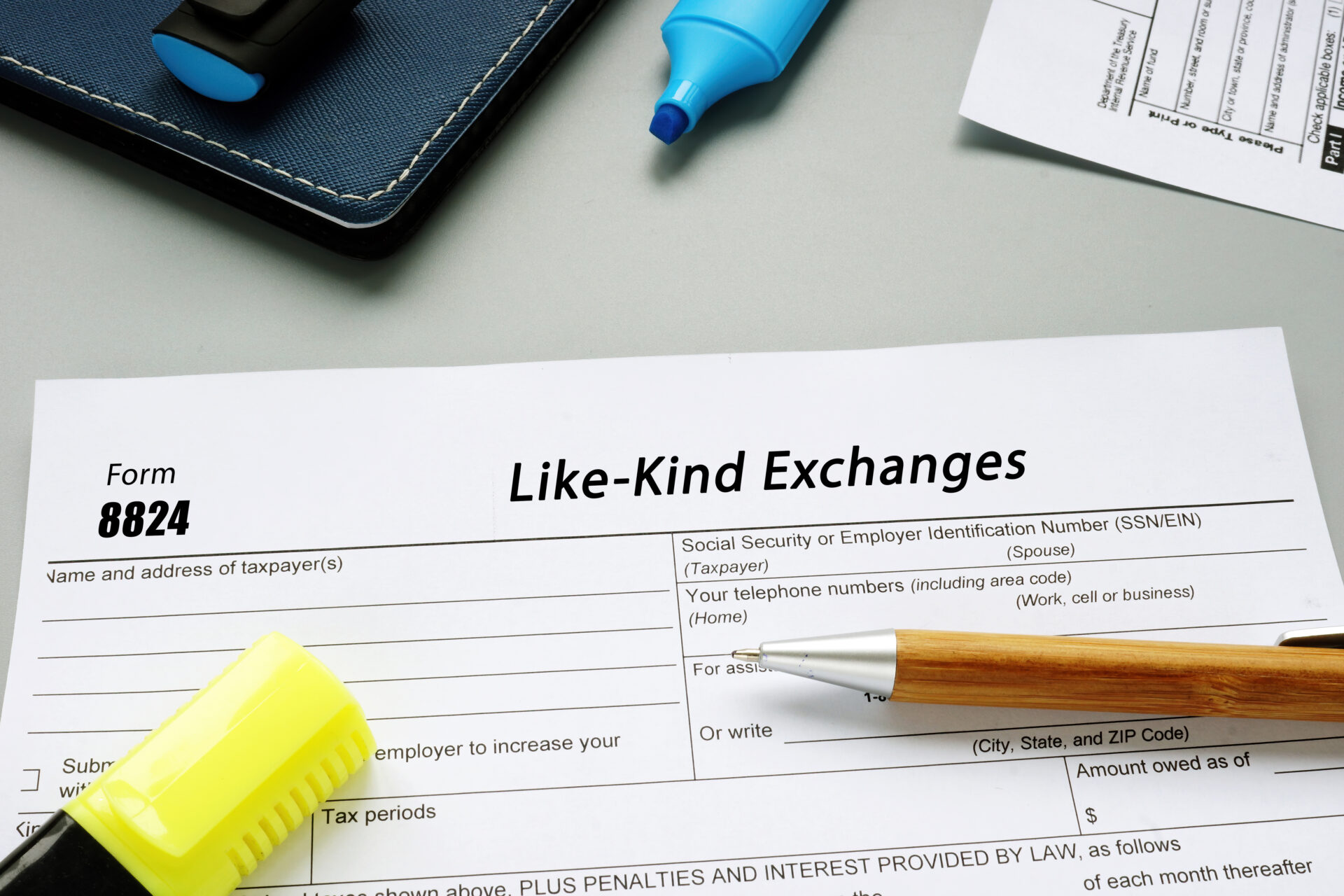Mastering the Reverse 1031 Exchange Timeline: How to Beat the Clock and Maximize Your Tax Benefits
Table of contents
When it comes to a reverse 1031 exchange, timing really is everything. Missing deadlines can lead to penalties or a missed exchange altogether. But with the right guidance, you can maximize your tax benefits and complete your exchange smoothly. In this guide, we’ll break down the key stages of a reverse 1031 exchange timeline, with tips to help you stay on track. Let’s dive in.
What is a Reverse 1031 Exchange? A Quick Overview
In a traditional 1031 exchange, you sell one property, then use the proceeds to buy a new one. In a reverse 1031 exchange, you buy the new property first and sell the old one later. This can be helpful when you find the perfect replacement property before you’re ready to sell your current property. But it also adds complexity—and that’s where the timeline becomes critical.
Why do some investors choose reverse 1031 exchanges? A few reasons:
- They find the ideal property but aren’t ready to sell their current one.
- They want to close on the new property quickly without rushing the sale.
- They have cash or financing ready to secure the new purchase upfront.
A reverse 1031 exchange isn’t for everyone, but for those in the right position, it’s a powerful tool. However, strict rules govern the timeline, so here’s what you need to know.
Breaking Down the Reverse 1031 Exchange Timeline
In a reverse 1031 exchange, you have two key deadlines to hit: the 45-day identification period and the 180-day completion period. Here’s how each stage works.
The 180-Day Rule: Complete the Exchange on Time
The IRS requires you to complete the entire reverse 1031 exchange within 180 days. This isn’t a suggestion—it’s a hard rule with no exceptions. If you miss the 180-day deadline, the IRS won’t consider your exchange valid, which means you lose your tax deferral benefits.
So, planning ahead is essential. Every step, from securing financing to finalizing the sale of your old property, must fit within this window.
The 45-Day Identification Period: Lock Down the Property to Be Sold
Within the first 45 days of the exchange, you need to identify which property you plan to sell. This period starts the day you close on the new property. You must provide a written identification of the relinquished property (the property you’re selling) to your qualified intermediary within this time frame.
Why does this matter? If you don’t identify the property you intend to sell by Day 45, your entire exchange could fall through, costing you your tax benefits.
Day-by-Day Guide to the Reverse 1031 Exchange Timeline
To make it simpler, let’s walk through the reverse 1031 timeline in two main phases.
Days 1–45: Identification Phase
- Finalize the Purchase: The exchange begins the day you close on your new property. This means the clock starts ticking right away.
- Identify the Relinquished Property: During these first 45 days, decide which property you’ll sell. Write down this identification and give it to your qualified intermediary.
- Get Organized: Use this time to arrange for a buyer, secure property assessments, and ensure financing is in place if needed.
Planning for the identification phase can save you stress down the road. Delays here often lead to timeline issues in the second phase.
Days 46–180: Closing Phase
- Prepare for Sale: During this stage, you need to get the relinquished property ready for sale. Schedule repairs, take care of inspections, and prepare all documentation.
- Close the Sale: Aim to close on the relinquished property well before Day 180. This buffer will give you time to handle any unexpected issues.
- Monitor Deadlines: Stay in touch with your qualified intermediary, and keep track of each day’s progress to ensure nothing gets overlooked.
Common Pitfalls and How to Avoid Them
Even seasoned investors can get tripped up by reverse 1031 exchanges. Here are a few common pitfalls and how to avoid them:
Misidentifying Properties
Sometimes, investors fail to finalize property identification by Day 45. This simple mistake can derail the entire exchange. To avoid this, keep close communication with your qualified intermediary and prepare early.
Ignoring Necessary Repairs or Inspections
It’s easy to assume your replacement property will be ready for closing. But overlooked issues can cause delays. Schedule any needed repairs, and perform thorough inspections to avoid last-minute surprises.
Delays in Financing
In reverse exchanges, securing financing quickly is crucial. Financing hiccups can push your timeline beyond 180 days. To prevent this, work with your lender early to ensure funds are ready when needed.
Tips for Smooth Sailing Through a Reverse 1031 Exchange
Want to avoid the stress? Here are some tips for keeping your reverse 1031 exchange on track.
Start Early and Stay Organized
Identify your relinquished property before closing on the new one, if possible. Pre-identifying can take the pressure off and give you a clearer sense of the timeline.
Keep Records and Communicate Regularly
Documentation is essential in a reverse 1031 exchange. Track deadlines, record communications, and check in frequently with your qualified intermediary. Clear communication can help prevent simple errors that could derail the exchange.
Work with a Qualified Intermediary Experienced in Reverse Exchanges
Not all intermediaries specialize in reverse 1031 exchanges. Working with an experienced intermediary can simplify your exchange, keeping you on schedule and reducing risks.
Conclusion: Mastering the Reverse 1031 Exchange Timeline
A reverse 1031 exchange can be an effective tool, but success hinges on timing. By staying aware of the 45-day identification and 180-day completion rules, you can complete your exchange smoothly. If you’re new to reverse exchanges, focus on organizing early, keeping records, and partnering with the right professionals. With this knowledge, you’re well-equipped to tackle a reverse 1031 exchange confidently and take full advantage of the tax benefits.
For more information, check out:

What Is a 1031 Tax Deferred Exchange?

Reverse 1031 FAQs: The 25 Questions Investors Ask Most (With Straightforward Answers)



